Want to know how to build confidence in a dog like a pro? You're in the right place! A confident dog struts through life with tail wags, bold steps, and zero hesitation when facing new people, animals, and environments. But not every pup starts off that way, and that's okay.
Building their confidence takes patience, play, and a little know-how. There is no fluff or gimmicks, just real talk and fun steps that work. Now, let's help your furry friend feel like the bold rockstar they truly are.
The Importance of Dog Confidence Explained

A self-assured dog is secure, curious, and ready for anything. With confidence, they can face new environments, people, and animals without panic or confusion. It makes walks, playtime, and training way more fun for both of you.
Dogs who lack confidence might seem scared and withdrawn and even act out. That's not bad behavior, just nervous energy. Helping anxious pups feel safe and sure of themselves can be life-changing, letting them enjoy their days without constantly checking over their shoulder.
Signs of Low Confidence in Dogs
Some indicators of low confidence in dogs are louder. Think nonstop barking. But there are more subtle signs, like avoiding eye contact or clinging to your leg like Velcro. Their insecurity can look like confusion, hesitation, or even over-the-top excitement.
It's not always obvious at first, especially in new dogs or pups still figuring out the world. But once you know what to look for, you'll spot the signals easily.
Body Language Indicators of a Shy or Anxious Dog
If your pup's short on confidence, their body language will spill the tea. Watch out for:
- Tucked Tail. That tail between the legs screams, "I'm not sure about this."
- Avoiding Eye Contact. A quick glance away is a clue they're feeling unsure.
- Ears Pinned Back. Think of it like your dog's nervous shrug.
- Crouched Posture. Belly low, legs bent—they're not playing limbo; they're feeling uncertain.
- Licking Lips or Yawning. Nope, not snack time or sleepy time. These can be stress cues hiding in plain sight.
Behavioral Signs Your Dog May Be Lacking Confidence
If your dog's acting a little off, it might be their insecurity talking. Red flags include:
- Reluctance To Explore. Your pup stays glued to your leg instead of checking out the park.
- Freezing in Place. A mid-walk pause could be your dog's way of saying they're overwhelmed.
- Overreacting to Sounds or Movement. Leaf rustles, a sneeze, or the fridge hum? Cue the drama.
- Clingy Behavior. Your pooch turns into your fuzzy sidekick 24/7.
- Avoiding Strangers or Other Dogs. When your dog sidesteps new people or snubs potential furry friends.
How To Build a Dog's Confidence Through Positive Reinforcement
One valuable tactic for building a dog's confidence is positive reinforcement, aka rewarding the good stuff. When your companion does something brave—like sniffing a new person or walking past a barking pup—make it treat time. Add verbal praise, belly rubs, or whatever gets their tail wagging.
Over time, they'll link those scary moments with good vibes. The more wins they stack up, the more confident they become. You're basically their hype person, and they love it.
Using Treats and Praise To Encourage Positive Behavior
When your dog does something bold, reward them like they just won the doggie lottery. Toss a treat. Use a cheerful voice. Throw in a happy "Yes!" or "Good job!" the second your furry sidekick does something right.
Timing is everything, so don't wait and don't hesitate. The faster the reward, the stronger the connection. And don't forget that every pooch has their favorite treat. Find the one that makes their tail do the happy wiggle, then use it like gold.
Gradually Increasing Challenges for Your Dog
Confidence builds step by step. Start small with easy wins first. Then, slowly raise the bar, one challenge at a time. Think puppy obstacle course, not boot camp.
Try a new walking route, introduce new sounds, or ask your dog to sit in a busy park. Keep it light, fun, and rewarding. If your companion looks nervous, that's your cue to take a baby step back. The goal is progress, not perfection.
Socialization and Building Confidence in Dogs

The more positive experiences and socialization your dog collects, the braver they get. Confidence grows when they learn that new people, places, and situations aren't scary but actually kinda awesome.
Introduce your dog to different settings, like the park, a friend's house, or a calm pet store. Let them sniff, watch, and take it all in. Keep things low-key and positive. Remember, confidence builds one new moment at a time.
Introducing Your Dog to New People and Environments
Start with calm, quiet environments where your dog can take it all in at their own pace. Keep things casual and let them lead the way. If someone wants to say hi, have them offer a treat instead of reaching out. That way, your pooch gets a positive experience without feeling cornered.
Keep your voice upbeat, your leash relaxed, and your expectations chill. Every small success builds trust. Over time, what once felt scary becomes just another part of their day.
The Role of Other Dogs in Confidence Building
A confident dog can be the perfect role model for a pup who's still figuring things out. Watching another dog stay calm in a busy park teaches by example. Set up playdates with friendly, well-behaved canines. Let your dog observe and mirror their energy. Keep interactions short and positive.
You're not forcing a friendship but giving your furry friend a chance to see what confidence looks like in action. Over time, they'll start to pick it up, one tail wag at a time.
Related Post: How to Socialize a Nervous Dog: 10 Easy Tips
How To Build a Dog's Confidence With Consistent Training
Consistent training and routines foster confidence. When dogs know what to expect, they feel more in control and self-assured.
Stick to short, fun sessions, and focus on progress, not perfection. Celebrate every little win like it's a gold medal. The key is practicing often, keeping it light, and always ending on a high note. Consistency turns confusion into a feeling of security.
Establishing a Routine and Structure
Routine gives dogs a sense of control in a world full of surprises. Feeding times, potty breaks, play sessions, and walks should happen around the same time each day. That predictability creates security, which lays the groundwork for confidence.
Keep commands and expectations clear. If you let your dog on the couch one day and scold them the next, they'll feel confused and unsure. Structure helps them know what's coming, which means fewer surprises and more tail wags.
Using Basic Commands To Boost Confidence
Start with the classics: sit, stay, come, down. Keep training fun and reward every success with treats, praise, or play. These small victories give your dog a sense of achievement. The more they succeed, the more they believe in themselves.
Confidence comes from knowing what to do and feeling good doing it. So hype them up and let those commands work their magic.
Building Confidence in Shy or Fearful Dogs

With the right support, fearful or shy dogs can learn to stand tall. The trick? Slow steps, calm energy, and zero judgment. Here's what you can do:
- Gradual Exposure to Triggers and Stressful Situations. Instead of avoiding everything that scares your pet, ease them into it. Start at a distance, keep it short, and praise any brave action. Over time, those scary triggers lose their power.
- The Role of Patience and Consistency in Fearful Dogs. Progress won't happen overnight. But with a steady routine and a calm, supportive vibe, your furry buddy will start to feel more secure. The key is sticking with it.
- The Benefits of Calming Aids for Fearful and Timid Dogs. Natural calming aids can help take the edge off. CBD (cannabidiol) for dogs is a popular choice because it promotes relaxation without making your pooch feel groggy. We offer top-grade CBD dog products—including Calming Soft Chews, CBD Dog Treats for Anxiety, Broad-Spectrum CBD Oil, and CBD Capsules—to support extra-sensitive pups and bring some peace to their day. Because confidence comes even sooner when it's stress-free.
Exercises To Help Build Your Dog's Confidence
The right activities can turn your unsure dog into a bold, self-assured superstar. It's all about mixing fun with gentle challenges that let them win. Try these out:
- Mental Stimulation Games and Their Benefits. Problem-solving builds focus, and every solved puzzle boosts their achiever mindset. Try games like treat puzzles or hide-and-seek to tap into their brainpower.
- Confidence-Boosting Physical Activities for Your Dog. Movement builds both muscle and mindset. Try simple agility games, low jumps, or balance tricks. Even a stroll through a new park can spark bravery.
The Importance of Bonding With Your Dog for Confidence Building
Confidence starts with trust, and that trust comes from you. Your dog looks to you for cues, safety, and the green light to take on any challenge. Here's what you can do:
- Creating Trust and Positive Associations. Speak kindly, move gently, and reward often. When your buddy knows they can count on you, they're more likely to take risks and try new things.
- Spending Quality Time Together for Stronger Confidence. Snuggle sessions, playtime, and silly games are like confidence fuel. The more time you spend together, the stronger your pet's sense of security grows.
When To Seek Professional Help To Build Confidence in Your Dog
Look out for cues like aggressive barking, total shutdowns in public, or fear that doesn't ease up over time. If your dog can't relax, avoids everything new, or shows anxious feelings daily, it's okay to ask for help. Confidence can still grow with the right expert in your corner. A qualified dog trainer or behaviorist can spot things you might miss and tailor a plan just for your dog.
Sometimes, despite all your best efforts, your furry friend still struggles to feel safe. No shame in asking for help!
Final Thoughts on How To Build a Dog's Confidence
Confidence isn't just for show dogs; it's for every pooch who wants to enjoy life without fear. With a little patience, some tasty treats, and lots of love, you can help your canine sidekick stand tall, even in new and unfamiliar situations.
From training to bonding to social adventures, each moment is a chance to build your companion's trust in you and their surroundings. And if you need a little boost along the way, HolistaPet's calming CBD products are here to help your pooch feel secure and supported. Every dog deserves to feel like the confident rockstar they truly are!



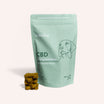


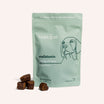
![Probiotics For Dogs [Soft Chews] - HolistaPet](http://www.holistapet.com/cdn/shop/files/Probiotic-Infographic-1_472d7a29-e30c-435a-9638-1365d8c3a9f9.jpg?v=1725384841&width=104)
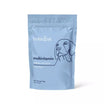


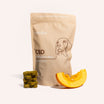
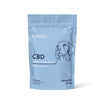



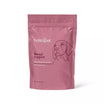
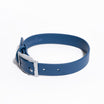
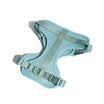
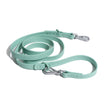
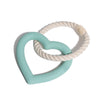
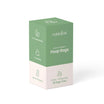
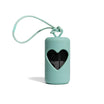

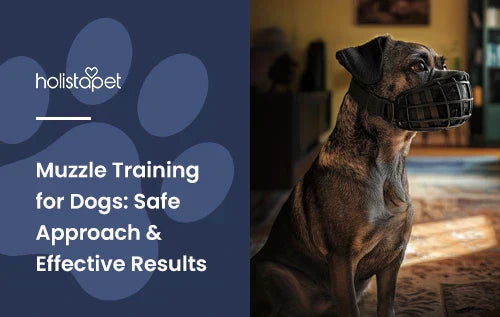

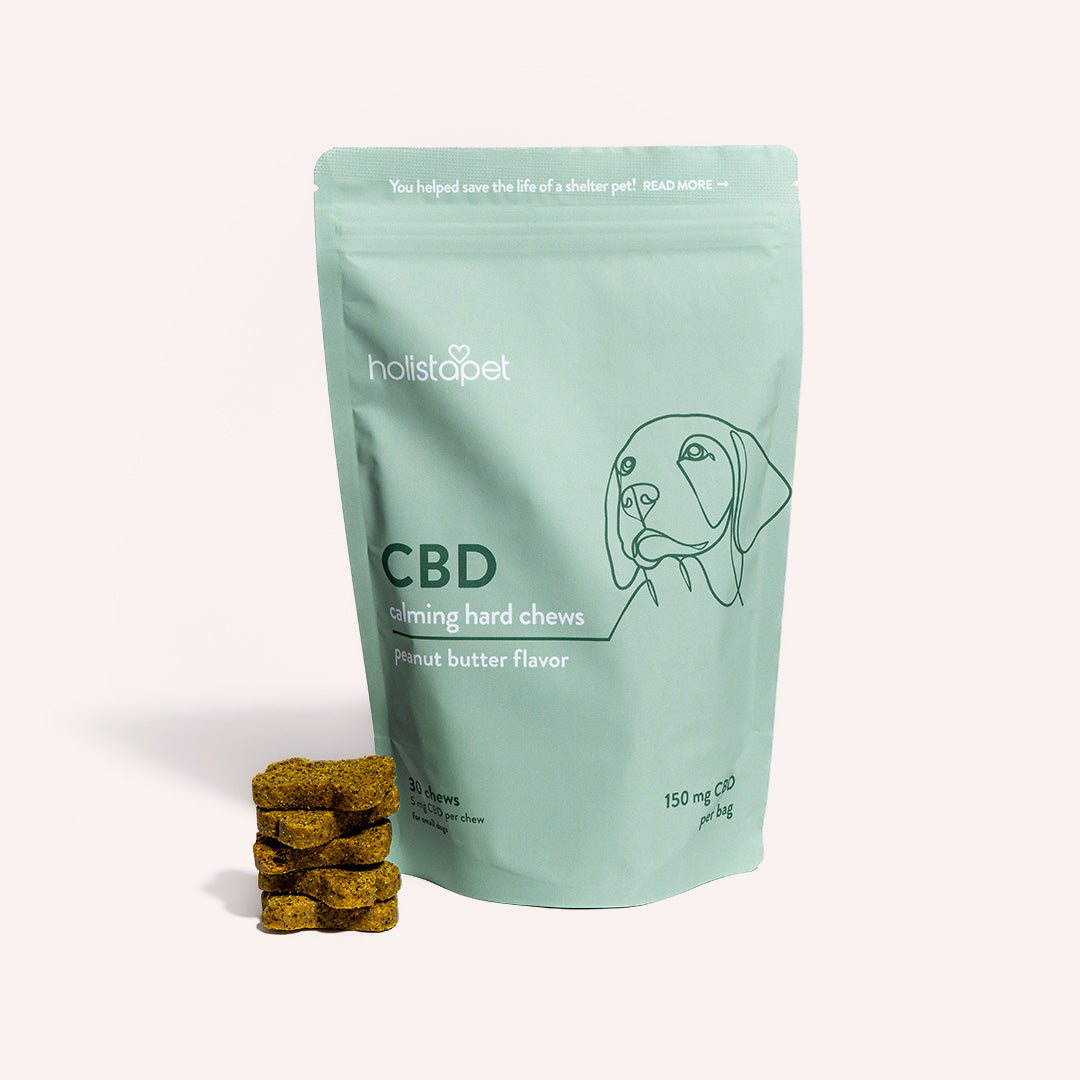


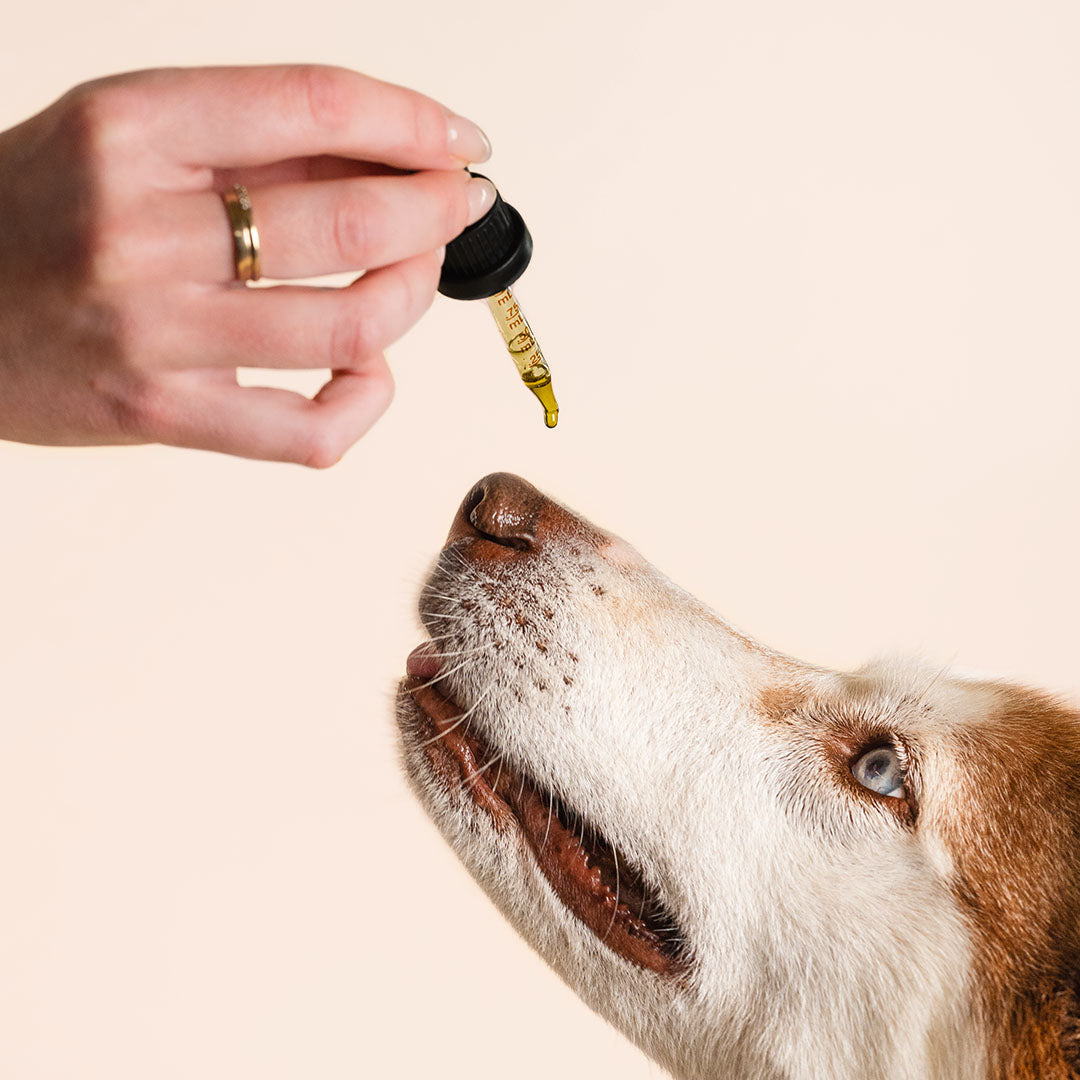


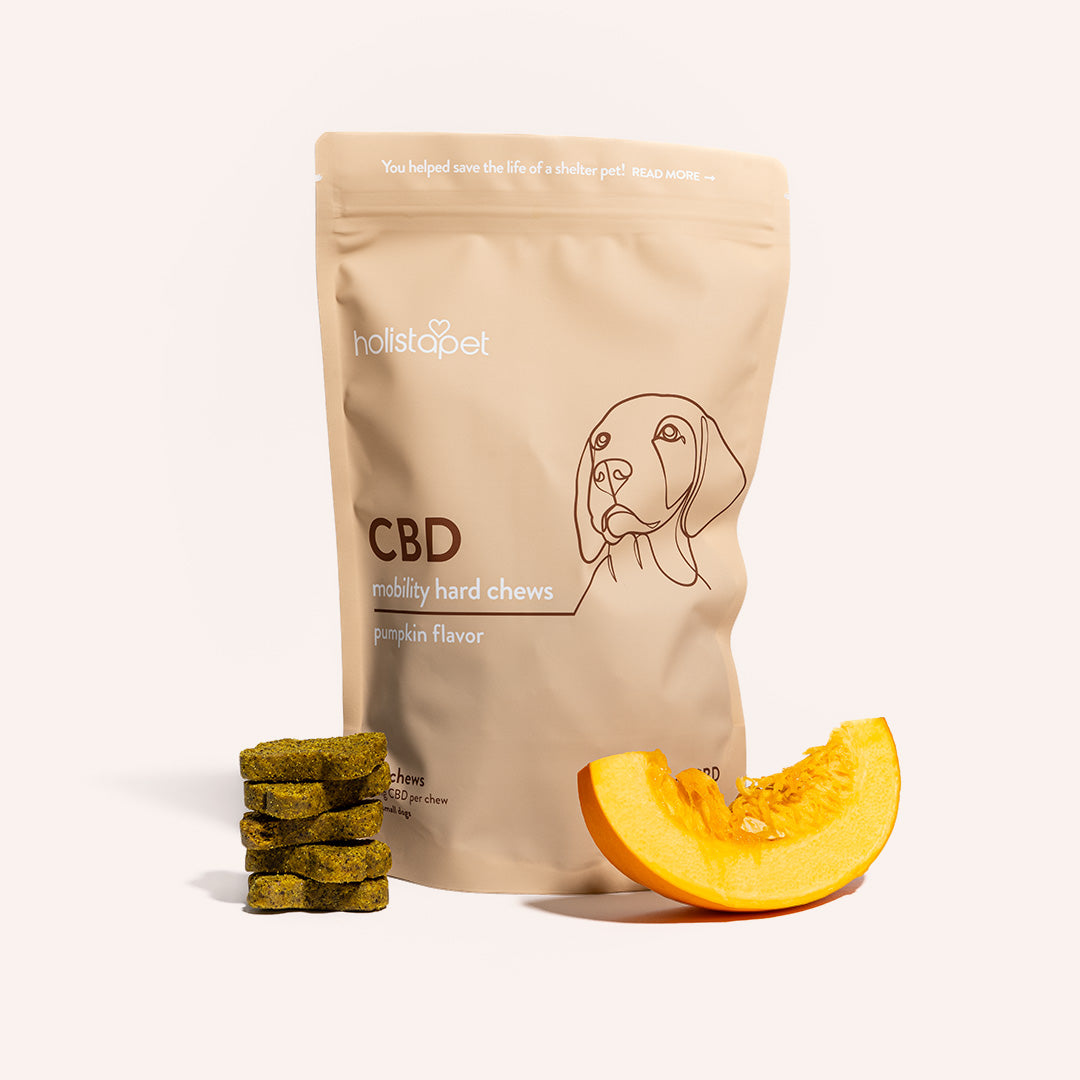


Leave a comment
All comments are moderated before being published.
This site is protected by hCaptcha and the hCaptcha Privacy Policy and Terms of Service apply.